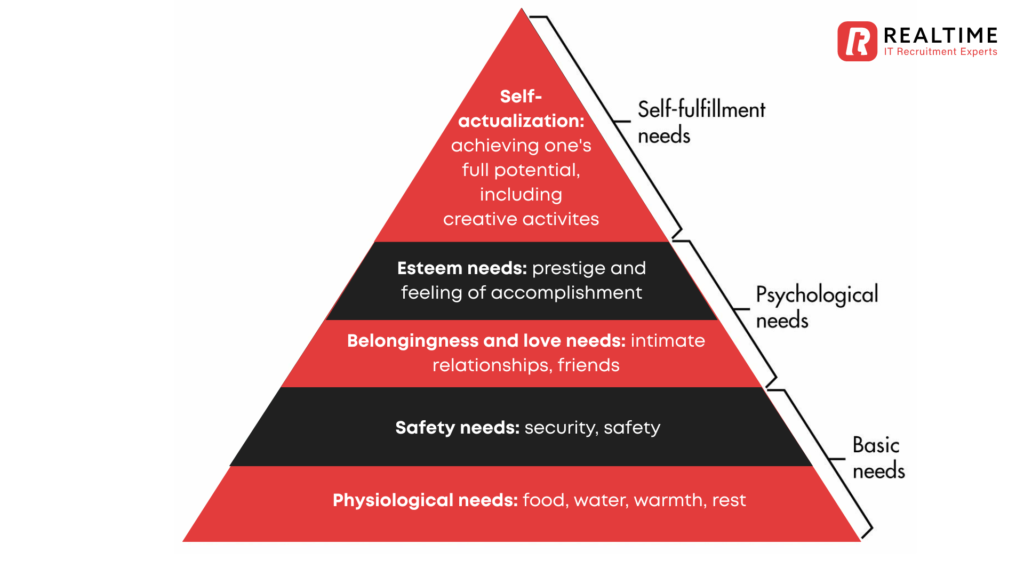Reference List
1. Wakefield, J.R.H., Sani, F., Madhok, V., Norbury, M., Dugard, P., Gabbanelli, C., Arnetoli, M., Beconcini, G., Botindari, L., Grifoni, F. and Paoli, P. (2017) . ‘The relationship between group identification and satisfaction with life in a cross-cultural community sample’, Journal of happiness studies, 18(3), pp.785-807.
2. Knight, C., Olaru, D., Lee, J.A. & Parker, S.K. (2022) ‘The Loneliness of the Hybrid Worker’, MIT Sloan Management Review, 63 (4),, pp. 10-12.
3. Buffer (2022) 2022 State Of Remote Work, United States. Available at: https://buffer.com/state-of-remote-work/2022
4. Shields, A. (2022) Isolation And Conflict In The Hybrid Workplace, Forbes, 31 May. Available at: https://www.forbes.com/sites/annashields/2022/05/31/isolation-and-conflict-in-the-hybrid-workplace/?sh=78bcef7028e4
5. Maslow, A. (1943) A Theory of Human Motivation. Psychological Review, 50(4), pp.370-396.
6. Smith, K.E. and Pollak, S.D. (2022) ‘Approach motivation and loneliness: Individual differences and parasympathetic activity’, Psychophysiology, p.e14036.
7. UK Government (2022) Guidance for Employers and loneliness. Available at: https://www.gov.uk/government/publications/employers-and-loneliness/employers-and-loneliness
8. Hadley, C. N. . (2021) Employees Are Lonelier Than Ever. Here’s How Employers Can Help., Harvard Business Review, 9th June. Available at: https://hbr.org/2021/06/employees-are-lonelier-than-ever-heres-how-employers-can-help
9. Congdon, C., Flynn, D., Redman, M. (2014) Balancing “We” and “Me”: The Best Collaborative Spaces Also Support Solitude, Harvard Business Review, October. https://hbr.org/2014/10/balancing-we-and-me-the-best-collaborative-spaces-also-support-solitude
10. Inc (2022) Great Office Design Can Improve Team Collaboration and Morale. Here Are 5 Ideas to Boost Your Space Available at: https://www.inc.com/heidi-zak/great-office-design-can-improve-team-collaboration-morale-here-are-5-ideas-to-boost-your-space.html









